
What’s next on your travel list? With so many places worth traveling to, it can be hard to narrow down your top spots to visit.
Sometimes, it’s the famous attractions, delicious food, and stunning hotels that draw us to a certain destination, and other times, it’s the bragging rights that come with checking off every continent, country, or state. Whatever your motivation, we’ve rounded up 21 incredible trips, complete with once-in-a-lifetime experiences and iconic sights you won’t find anywhere else in the world.
So, what makes a trip truly life-changing? That answer varies from traveler to traveler, but one thing is for sure: From African safaris to classic road trips, this list will make you want to plan your next great adventure.
Italy
Deciding between the historic cities of Rome, Venice, Naples, and Florence for the top destination to visit feels impossible, so the entire country of Italy deserves a spot on your list. Start in the Eternal City and head north through the rolling hills of Tuscany to visit Florence followed by Milan or Venice, or go south to the beaches of the beautiful Amalfi Coast and Sicily.
:max_bytes(150000):strip_icc():format(webp)/lower-manhattan-new-york-city-BUCKETLISTRIP0421-6d6ee19f77834a8686a3a17a9a8d16c2.jpg)
New York, New York
Visiting the Statue of Liberty, standing at the top of the Empire State Building, walking across the Brooklyn Bridge: These are just a few of the things you can only do in New York City. Whether you dream of visiting all the places you’ve seen on screen, catching a Broadway show, or eating your way through the city’s diverse neighborhoods, there’s no doubt that NYC deserves a spot on your list.
Tokyo, Japan
Old and new come together in Japan’s bustling capital city. Historic temples and shrines, busy shopping districts, delicious food, and some of the world’s best theme parks and attractions — whatever your interests, there’s something for you in Tokyo.
Paris, France
From watching the Eiffel Tower sparkle and viewing famous works of art at world-renowned museums to eating delicious French pastries, there are innumerable reasons that Paris deserves a spot on your list. Of course, other dreamy French destinations like Mont-Saint-Michel, Chamonix, and the Riviera are well worth a visit, too.
Where to Stay in Paris: The Best Neighborhoods and Hotels for Every Type of Traveler
:max_bytes(150000):strip_icc():format(webp)/marrakech-morocco-market-mosaics-ALISTBUCKET0419-055c5f0fe4e34bb986c3a86a707fa599.jpg)
Morocco
Busy medinas, intricate architecture, and a unique combination of cultural influences make Morocco unlike anywhere else on the planet. Whether you’re traveling to bustling Marrakesh, pretty coastal cities, or remote desert towns (or hopefully, all three), a trip to Morocco is bound to be one to remember.
:max_bytes(150000):strip_icc():format(webp)/TAL-greece-ALISTBUCKETMFOG0523-150b33d63919487f8777015193626bd1.jpg)
Greece
From the whitewashed homes of Santorini to the Ios party scene to the relaxing atmosphere of Milos, there’s a perfect Greek Island for every type of traveler. Island hopping gives you the chance to experience more of what the country has to offer, but plan to spend a couple of days in Athens at the beginning and/or end of your trip.
T+L Backpack Quiz
Machu Picchu
Seeing the historic ruins of the Incan Empire set among the breathtaking Andes at Machu Picchu is an undeniably life-changing experience. The stunning citadel ruins of Machu Picchu are worth the journey — and for some travelers, that trip, often taken by train or on foot as a multi-day trek, is a big part of the experience. Editor’s note: Machu Picchu is currently closed due to civil unrest in Peru. Visit the official website for the latest news and reopening details.
:max_bytes(150000):strip_icc():format(webp)/lion-kenya-safari-BUCKETLISTRIP0421-a6fff55e7d4644449d12260666d7db7f.jpg)
African Safari
Seeing majestic animals like lions, elephants, and rhinos in the wild is a dream best accomplished with an African safari. South Africa, Tanzania, Rwanda, and Kenya are among the most popular safari destinations — and in each of those countries, you’ll find incredible lodges and tour operators who can help you spot these creatures in their natural habitat.
Egypt
Whether you dream of cruising down the famed Nile River, seeing the Pyramids of Giza, or visiting the ancient Valley of the Kings, Egypt’s historic wonders make the destination completely unique (and worthy of a spot on your travel list).
:max_bytes(150000):strip_icc():format(webp)/maldives-atoll-and-seaplane-ALISTBUCKET0419-3b73f7a919704f99a2f67281a6b4ba96.jpg)
Maldives
Unlike many of the action-packed trips on this list, the Maldives is synonymous with relaxation, luxury, and romance. A stay in an overwater bungalow set atop turquoise blue waters is the ultimate getaway that’s worth the long-haul flight and oftentimes pricey accommodations.
:max_bytes(150000):strip_icc():format(webp)/antarctica-cruise-BUCKETLISTRIP0421-280a9f51af684bef93b701bbeaec65c4.jpg)
Antarctica Cruise
Hoping to visit all seven continents? Cross Antarctica off your list with a cruise. Several major cruise lines have journeys to Antarctica, offering incredible views of the ice and wildlife from the comfort and safety of a ship. Travelers typically fly in and out of Buenos Aires en route to Ushuaia (where most cruises depart from); we recommend spending a few days in the fascinating Argentine city before your expedition.
:max_bytes(150000):strip_icc():format(webp)/TAL-esperance-australia-BUCKETLISTRIPIPOG0923-25073973101040e2ad12f422da46f7cc.jpg)
Australia
Dubbed one of the natural wonders of the world, the Great Barrier Reef is a can’t-miss for many wildlife lovers. Of course, Australia’s gorgeous coastline, the iconic Sydney Opera House, and fuzzy creatures like kangaroos and koalas are also reasons to head to the destination. Fly into Sydney and spend a few days there before heading out to explore more of this expansive country teeming with natural beauty.
Galapagos Islands
Incredible and diverse plant and animal species make the Galapagos Islands another must-visit for nature-loving travelers. This stunning archipelago off the coast of Ecuador is best explored by cruise, so you can take in as many breathtaking landscapes and animals as possible during your trip.
The Ultimate Galápagos Islands Travel Guide
:max_bytes(150000):strip_icc():format(webp)/taj-mahal-agra-india-BUCKETLISTRIP0421-cb54521658a049ddad7b17a5b98cc383.jpg)
India
Like the other countries on this list, India has countless destinations worth exploring, but one of the most famous attractions that travelers dream of seeing for themselves is the Taj Mahal. This 17th-century white marble mausoleum has drawn visitors to Agra for years. Luxury travelers might consider a train trip aboard the Maharajas’ Express (with a stop at the Taj Mahal) as the ultimate experience. Travelers planning to visit the Taj Mahal or take the luxurious train ride will want to fly into Delhi, India’s capital territory.
Petra, Jordan
The stunning ancient city of Petra is made up of several impressive structures carved into sandstone rock faces, including the famous Al-Khazneh. The city dates back thousands of years, making this UNESCO World Heritage site a must-visit for history buffs.
:max_bytes(150000):strip_icc():format(webp)/nepal-himilayas-BUCKETLISTRIP0421-ff8e2488519c4b4c90d697a94a0e96c3.jpg)
Himalayas
Passing through India, Pakistan, Afghanistan, China, Bhutan, and Nepal, the Himalayas are home to some of the world’s highest peaks — and that means breathtaking mountain views, too. For adventurous and active travelers, climbing Mount Everest (or at least trekking to Everest Base Camp) is a once-in-a-lifetime experience.
:max_bytes(150000):strip_icc():format(webp)/grand-canyon-national-park-BUCKETLISTRIP0421-248145eebc7f41e4b75d8706d44d7aff.jpg)
American National Park Road Trip
The classic American road trip is a mainstay on many travelers’ lists — and for good reason. The country’s incredible national parks, including Grand Canyon, Yellowstone, and Yosemite, are best explored on road trips with stops at charming small towns and kitschy roadside attractions.
Great Wall of China
Stretching across China for thousands of miles, with sections dating back nearly 2,000 years, the Great Wall is regarded as one of the New Seven Wonders of the World. Visitors can hike along parts of the wall — some areas are located within driving distance of Beijing, so it’s a perfect day trip from the city.
:max_bytes(150000):strip_icc():format(webp)/easter-island-BUCKETLISTRIP0421-ebf4bb87e23540898e8d4eadf4c1c2fd.jpg)
Easter Island
The hundreds of monolithic moai statues have drawn curious visitors to Easter Island for years. This remote Polynesian island is worth the lengthy trip for travelers hoping to see these impressive human figures, while also soaking in some incredible coastal views.
Northern Lights Trip
Catching a glimpse of the elusive northern lights is possible in several destinations close to the Arctic Circle, including Alaska, Iceland, Canada, Greenland, Finland, Sweden, and Norway. All of these places have incredible viewpoints (and even hotels where you can see the phenomenon from your bed), in addition to great, wintry scenery. (The lights are best viewed from late fall through early spring.)
:max_bytes(150000):strip_icc():format(webp)/ha-giang-vietnam-BUCKETLISTRIP0421-47ebe81d7b71491a95a238d3c2349700.jpg)
Thailand and Vietnam
A trip through Southeast Asia is a must for any traveler, especially foodies who love street eats. While you could spend weeks in each of these countries, Thailand and Vietnam can easily be paired for an exciting trip packed with lush scenery, cultural experiences, and delicious food. Have a little extra time to spare? Add Cambodia to the mix and include a visit to expansive Angkor Wat.
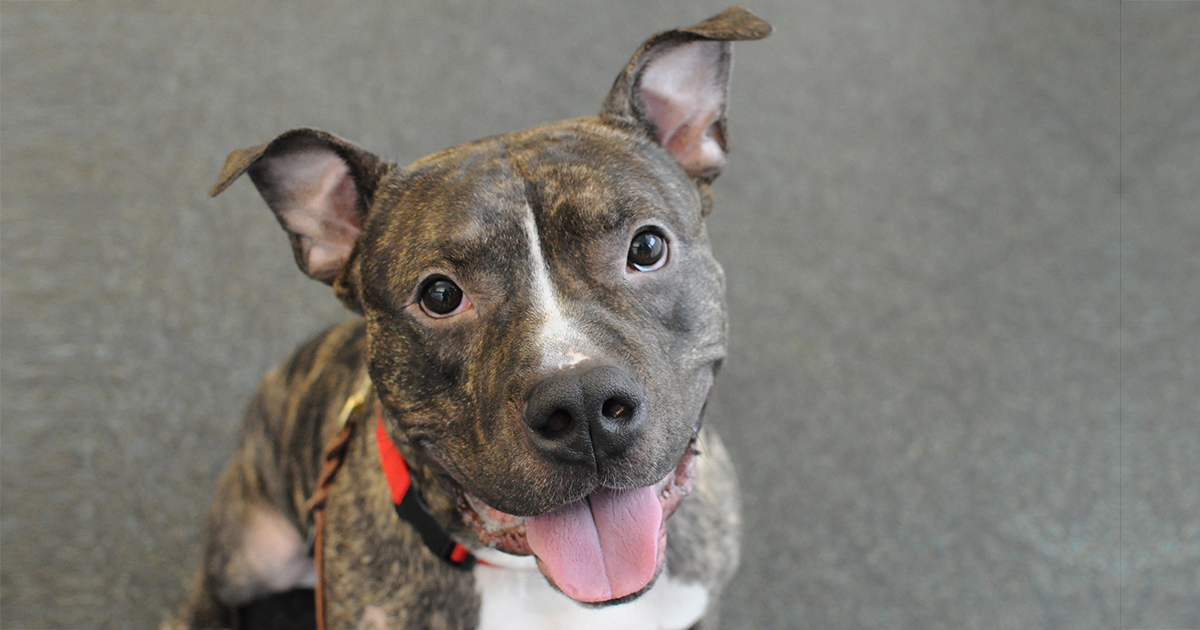

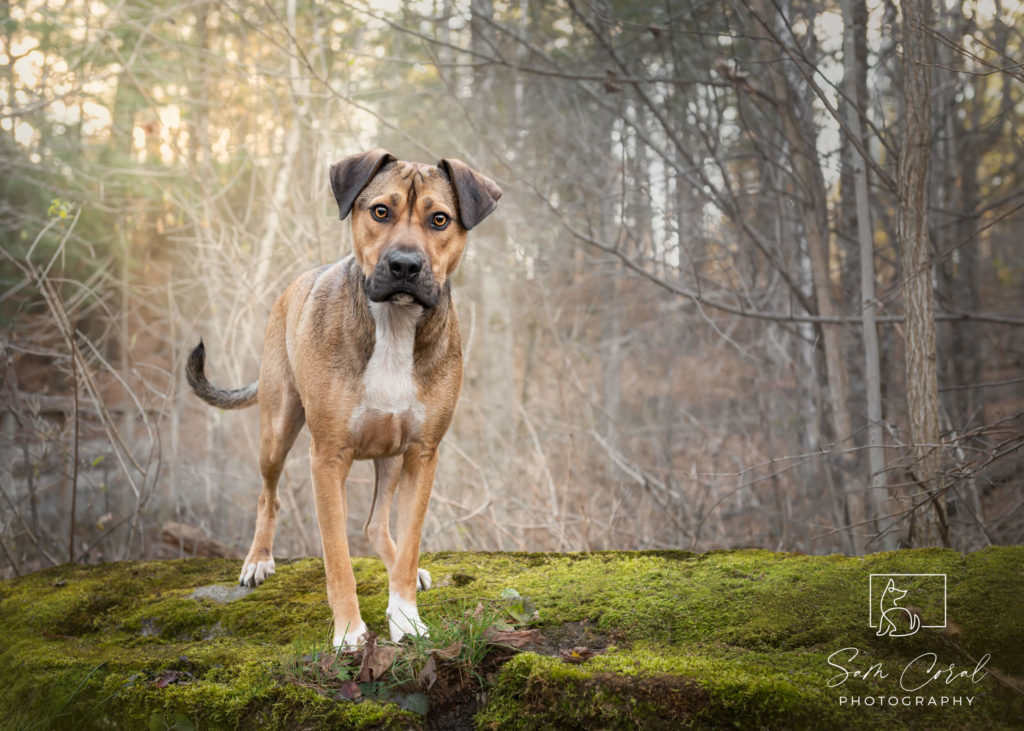
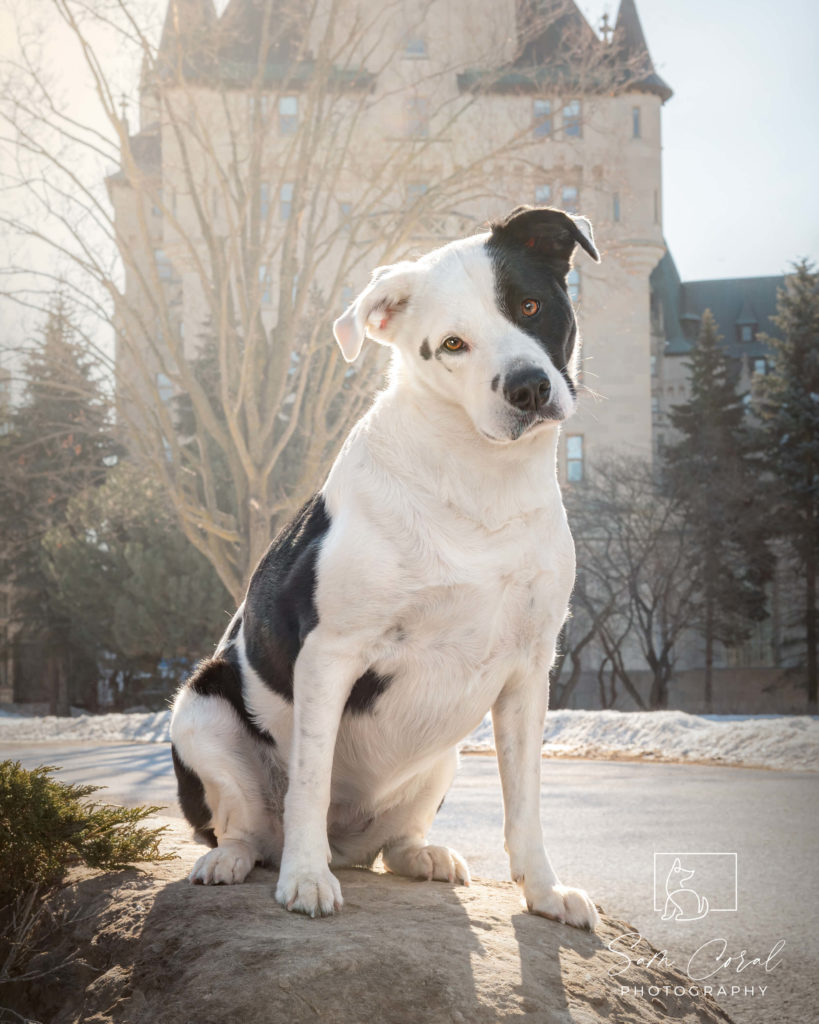
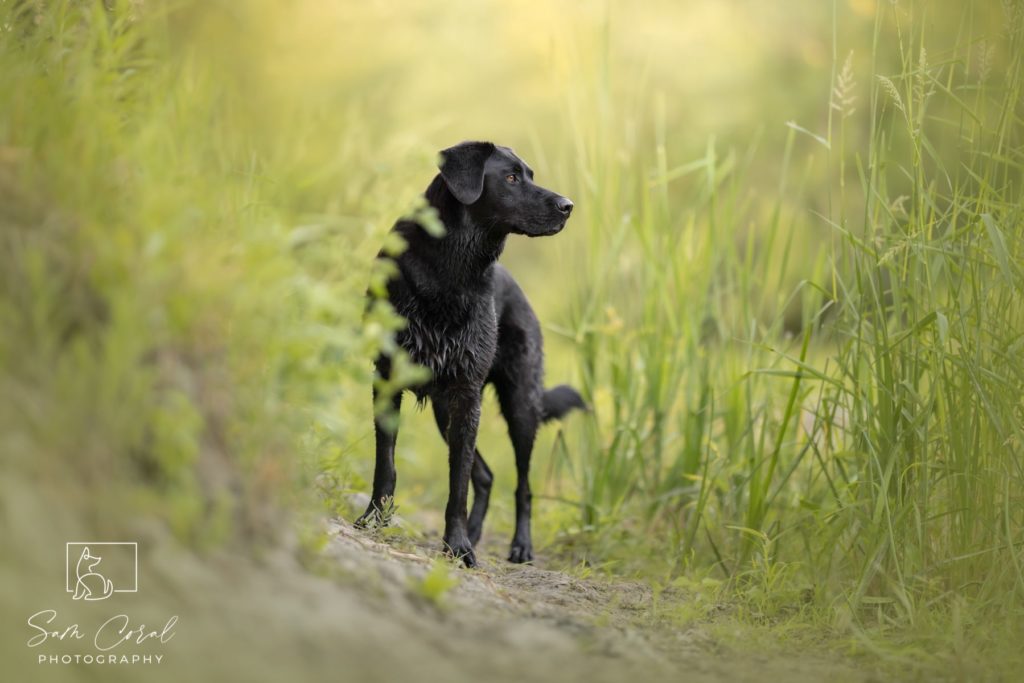





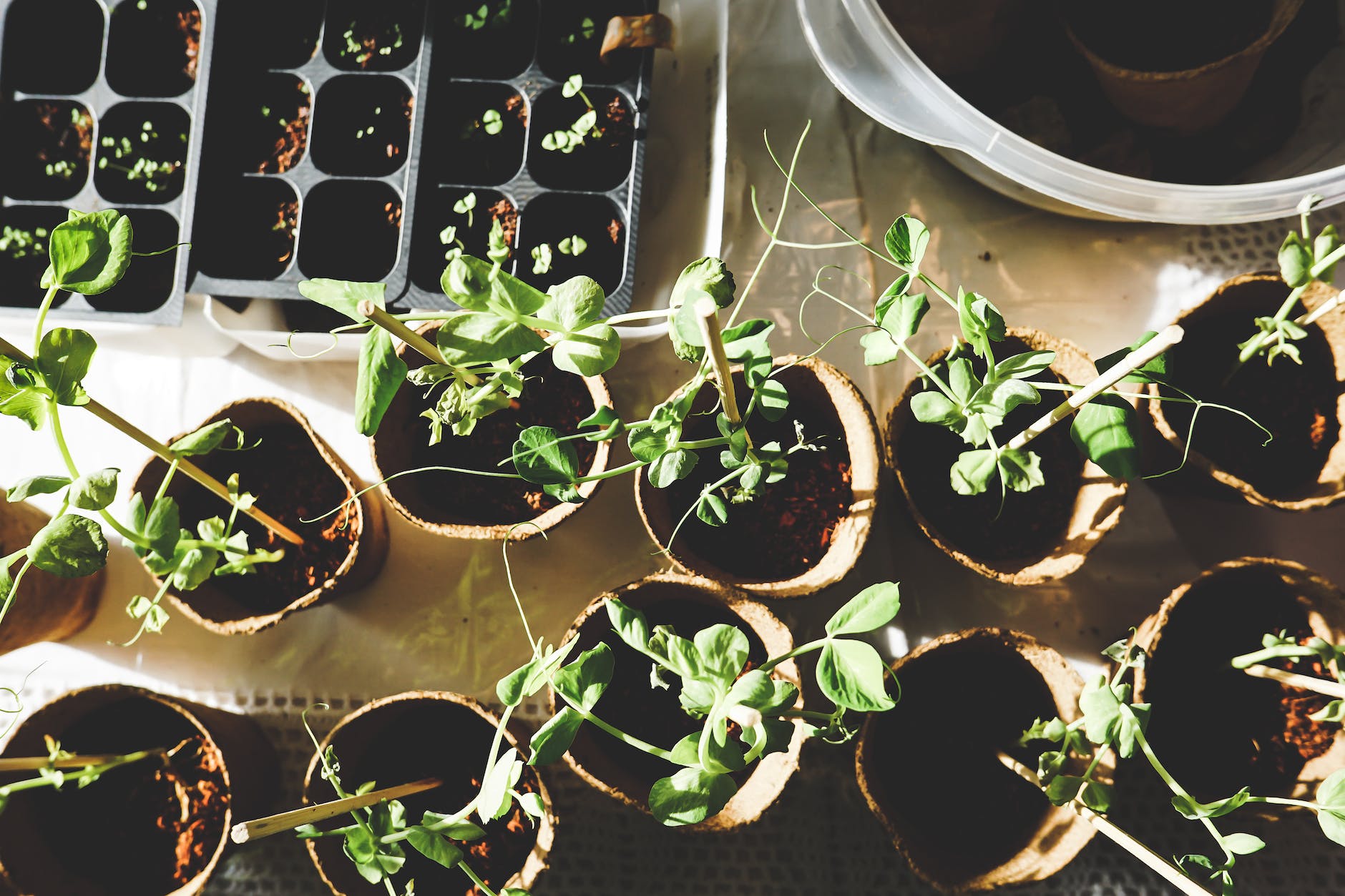
:strip_icc():format(webp)/gardening-tips-every-gardener-should-know-5650532-01-primary-44d38ee1ad42491f93c33cd2512eeb68.jpg)
:strip_icc():format(webp)/woman-holding-dirt-101490925-dbe4c68b66274c01bb7ed2d1bec0578a.jpg)
:strip_icc():format(webp)/deadheading-red-roses-66daabf5-1a0dc37f032243c186a991dd006b7f40.jpg)
:strip_icc():format(webp)/gardening-tips-every-gardener-should-know-5650532-02-2db4068801094d4f8da8314e62459d64.jpg)
:strip_icc():format(webp)/limelight-hydrangeas-18b1b1c8-e6b478df16bc47bab27bbf6b4770b5b3.jpg)
:strip_icc():format(webp)/tomato-moskvich-d74d4cee-6ee142dac59a43e680636fa53d546e6e.jpg)
:strip_icc():format(webp)/fertilizing-flowers-8009e6f8-ba6fa476a3044e3da0c57855a2e5336d.jpg)
:strip_icc():format(webp)/compost-pile-rake-86cd59eb-8dac48cb789444edb109016d843b7743.jpg)
:strip_icc():format(webp)/strawberries-growing-container-8118fa82-5c0447c1c42e460ebba23c065e32e821.jpg)








